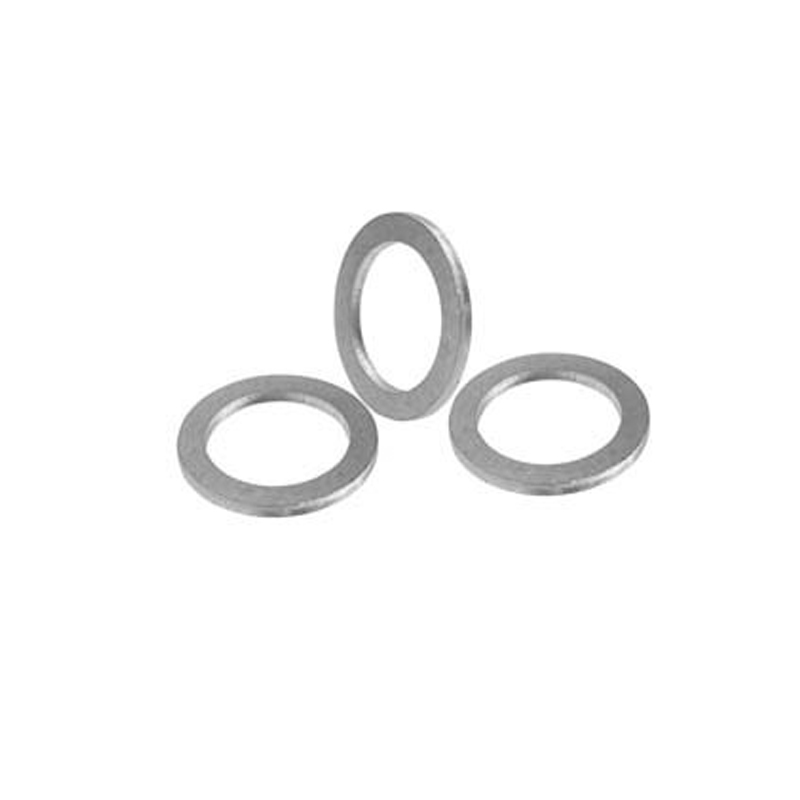Marine Cutlass Bearings for Enhanced Performance and Durability in Boat Applications
Understanding Cutlass Bearings in Marine Applications
Cutlass bearings are critical components in the maritime industry, primarily used in the propulsion systems of boats and ships. Their role is essential for ensuring smooth operational functionality, reduced wear, and the overall longevity of marine machinery. This article delves into the various aspects of cutlass bearings, including their design, functionality, materials, types, and maintenance practices.
What are Cutlass Bearings?
Cutlass bearings are cylindrical bearings typically found in the stern tube of a ship. They serve to support a rotating shaft, such as a propeller shaft, providing a low-friction interface that allows for smooth rotation. Generally made from materials like rubber, bronze, or a combination of both, these bearings are designed to withstand harsh marine conditions, including saltwater exposure, varying temperatures, and constant vibration.
Functionality of Cutlass Bearings
The primary function of cutlass bearings is to reduce friction and wear between the rotating shaft and the surrounding structure. They achieve this by providing a cushioning effect, absorbing vibrations and shocks that occur during operation. Furthermore, they also help maintain the alignment of the shaft, ensuring that energy is transmitted efficiently from the engine to the propeller.
In addition to their support role, cutlass bearings function effectively as a water-lubricated bearing. They allow seawater to enter the bearing housing, which facilitates cooling and lubrication, reducing the heat generated during the operation. This water-lubrication is particularly beneficial in marine environments, where traditional oil lubrication may not be practical due to potential leaks or pollution concerns.
Types of Cutlass Bearings
There are various types of cutlass bearings, each designed for specific applications and environments. The two most common types are
1. Rubber Cutlass Bearings These are made from a composite of rubber and other materials, designed to provide flexibility, shock absorption, and noise reduction. They are highly resistant to corrosion, making them suitable for vessels operating in corrosive marine environments.
cutlass bearings marine

2. Bronze Cutlass Bearings These are more traditional and are made primarily from bronze. Known for their durability and strength, bronze cutlass bearings can handle heavier loads and are often found in larger vessels. However, they typically require an oil-based lubricant, which can introduce complexities in terms of maintenance and environmental impact.
Maintenance Practices
Proper maintenance of cutlass bearings is crucial to ensure their longevity and performance. Regular inspections should be carried out to check for wear, misalignment, or any signs of degradation. Key maintenance practices include
- Visual Inspections Regularly examine the outer and inner surfaces of the bearings for cracks, wear patterns, or corrosion. This can help identify potential issues before they develop into serious problems.
- Lubrication For bronze cutlass bearings, ensure that the lubrication system is functioning correctly. This includes checking oil levels and ensuring that there are no leaks. For rubber cutlass bearings, ensuring that the water intake remains unobstructed is critical.
- Alignment Checks Misalignment can lead to premature bearing failure. Regularly check and adjust the alignment of the propeller shaft to ensure it is perpendicular to the stern tube.
- Replacement Timing Depending on usage, cutlass bearings should be replaced periodically. Recommendations often range from every two to five years, but high-usage conditions may necessitate more frequent replacements.
Conclusion
Cutlass bearings play a vital role in the performance and reliability of marine vessels. By understanding their design, function, and maintenance requirements, boat owners and operators can ensure that their vessels remain in optimal condition. Investing in proper maintenance and timely replacements will contribute not only to the longevity of the bearings themselves but to the overall performance and safety of the vessel, ultimately enhancing the maritime experience.
-
Understanding the Front Main Engine Seal: Purpose, Maintenance, and Installation
News Jul.29,2025
-
Understanding O-Rings and Seal Rings: Types, Applications, and Custom Solutions
News Jul.29,2025
-
Understanding Crankshaft Oil Seals: Rear Seals, Pulley Seals, and Their Role in Engine Integrity
News Jul.29,2025
-
The Importance of Front and Rear Crankshaft Seals in Engine Performance and Oil Management
News Jul.29,2025
-
Crank Oil Seals: Functions, Types, and Cost Considerations in Engine Maintenance
News Jul.29,2025
-
A Comprehensive Guide to O-Rings and Seals: Types, Materials, and Global Applications
News Jul.29,2025
-
Mastering Diesel and Performance Engine Maintenance: A Guide to Critical Oil Gaskets
News Jul.28,2025
Products categories















